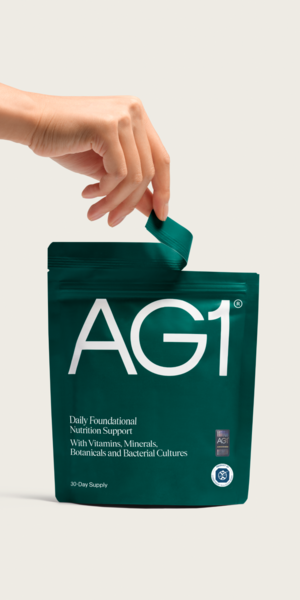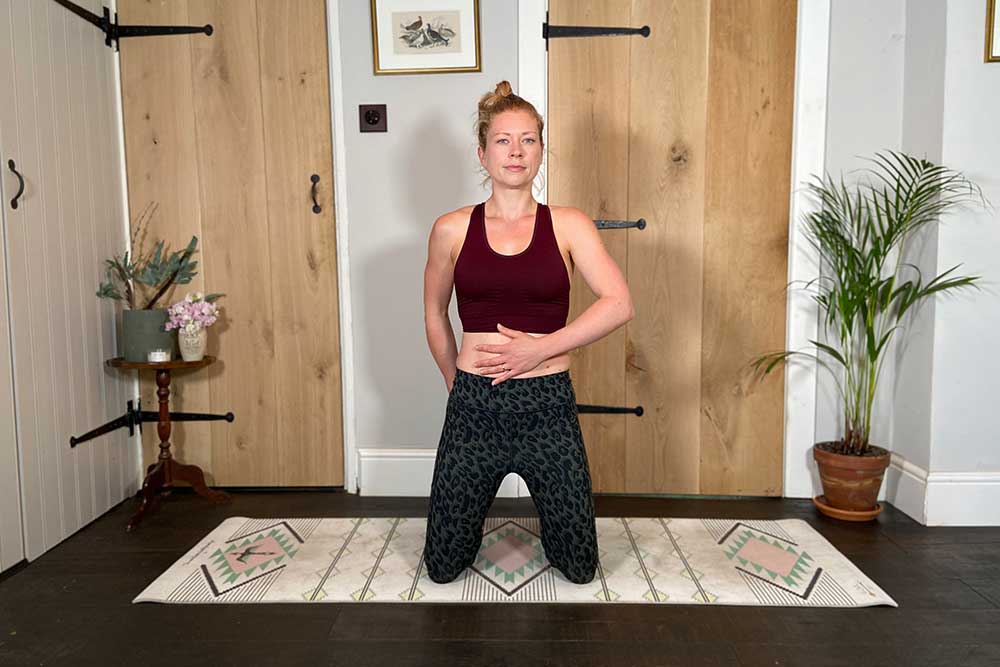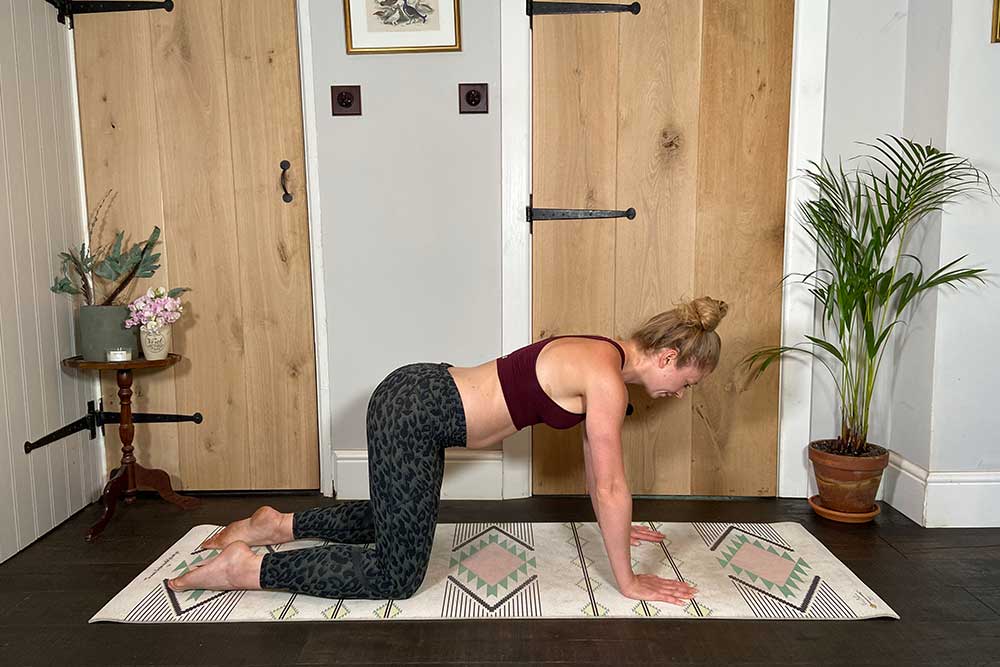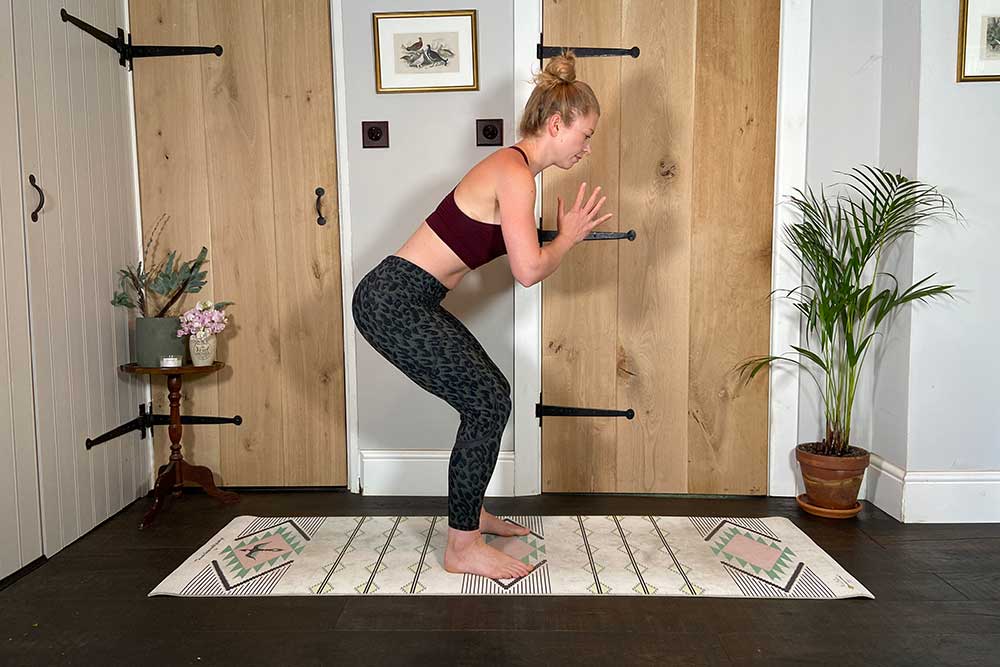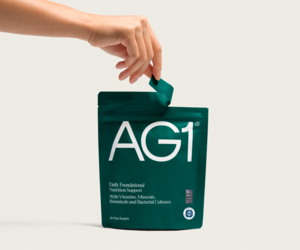3 Important Muscles to Strengthen During Pregnancy
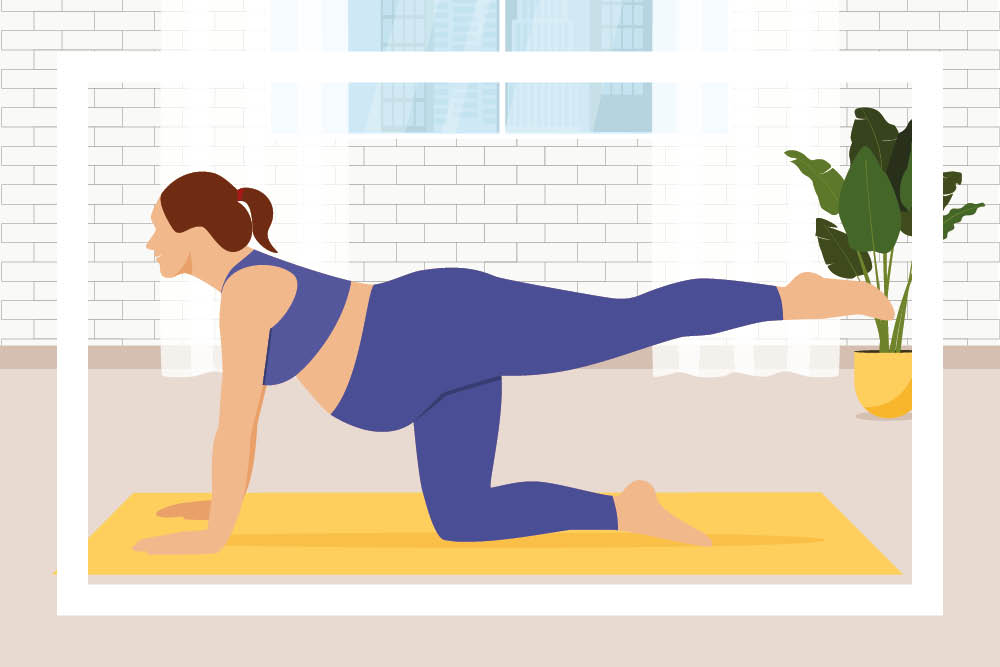
When you’re pregnant, exercise can seem a little daunting. You’re not always sure what you can do, you’re not sure what to prioritise, and you’re not always feeling full of energy and in the mood. However, exercising during pregnancy is one of the best ways you can prepare yourself for labour, and the demands of the postnatal period.
Here I discuss the three most important muscles to focus on, in order to support your posture as your bump grows, help speed up labour, and aid you in a speedy recovery – no matter what labour you experience.
1. THE PELVIC FLOOR
Why is it important? Our pelvic floor is actually part of our “core”. It supports our internal organs, controls the passage of urine and faeces, and plays a huge role in sexual function and enjoyment. During pregnancy, the pelvic floor is placed under growing strain with the weight of your baby, and the relaxation of muscles caused by pregnancy hormones.
What exercises should I try? Kegel exercises are exercises specifically for the pelvic floor and can help prevent stress incontinence (leaking when sneezing, coughing, laughing etc). They should be practiced in various positions (you’re not only ever going to sneeze sat with your legs crossed) so try them in standing, kneeling, squatting etc. For the best pelvic floor workout combine 10 second holds (to target your slow twitch muscles), with 10 rapid pulses (to target your fast twitch muscles).
2. THE TRANSVERSE ABDOMINIS
Why is it important? This muscle is a deep abdominal muscle that wraps around the core like a corset and supports your bump. When it contracts it synches in the waist, just like a corset would. This is important to support the lower back and stabilise the pelvis – both areas that have a big job during pregnancy.
What exercises should I try? To activate the transverse muscle start in 4 point kneeling (hands and knees) with a nice neutral spine. Let your bump hang down towards the floor, keeping a neutral spine, as though your baby is hanging in a sling. Exhale and engage the pelvic floor and lift your bumps up away from the floor (without moving your spine) as if tightening up the corset. Inhale to release it. Ensure you can keep breathing and smiling during the contraction (eg don’t go too excessive) and repeat for up to 10 reps (stop when you lose your technique though).
3. THE GLUTES
Why is it important? During pregnancy, our bumps pull on the front of our pelvis as they grow. Over time this can cause the pelvis to tilt forwards and the lower back to arch. This can lead to lower back tension and can also stretch the glutes and hamstrings, causing them to weaken – so maintaining good glute strength during pregnancy is really important.
What exercises should I try? Ensure you add squats, lunges and deadlifts into your daily routine. Good technique is really important, so make sure you maintain a neutral spine throughout, and push through your heels to encourage the glutes to do the work.
Hollie Grant is an Award-Winning Pilates Instructor & Fitness Expert. Hollie also offers The Bump Plan classes live via Zoom, a trimester specific training methodology designed for all stages of pregnancy that combines low-impact cardio and Pilates. Designed to prepare the body for labour, reduce pregnancy-related aches & pains, and develop muscles required with a new-born, The Bump Plan is the first plan of its kind to incorporate this unique combination. Just £10 per class – and free for NHS workers – click here to book your place.



